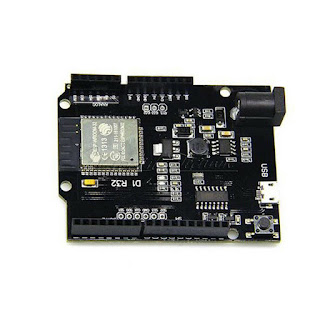Arduino Control Center development
It's been awhile since last update of Arduino Control Center. Latest version 7.0.7 includes some firmware bug fixes(see downloads page), and software update to support latest firmware. Plans for the future is to include support for other ESP32 boards - S2,S3, C3, C6, H2,... Arduino Uno R4 Minima and WiFi version, with priority on ESP32 boards. Major change from 7.0.7 version is that Linux Ubuntu version of Arduino Control Center is no longer supported due the lack of interest for Linux version. It is available support for registered users with appropriate license (PRO with lifetime support) but no upgrades for software and firmware. Stay tuned! Milan Lukić Arduino Control Center Developer




